This winter marked my fourth trip to Tohoku, Japan, to track the region’s recovery from the March 11, 2011 earthquake and tsunami. With each visit, I’ve traveled south along the coast from the Kitakami River valley to the area surrounding the Fukushima Daiichi nuclear power plant. Along the way, I’ve met with small business owners, tourism officials, and community groups while photographing changes to the social and physical infrastructure. The following photographs are glimpses of the project from this January and February, including three repeat photography sequences and a handful of other photographs. For background on the project, see my first post from 2014, a second full post from 2016, and a brief update from 2018.

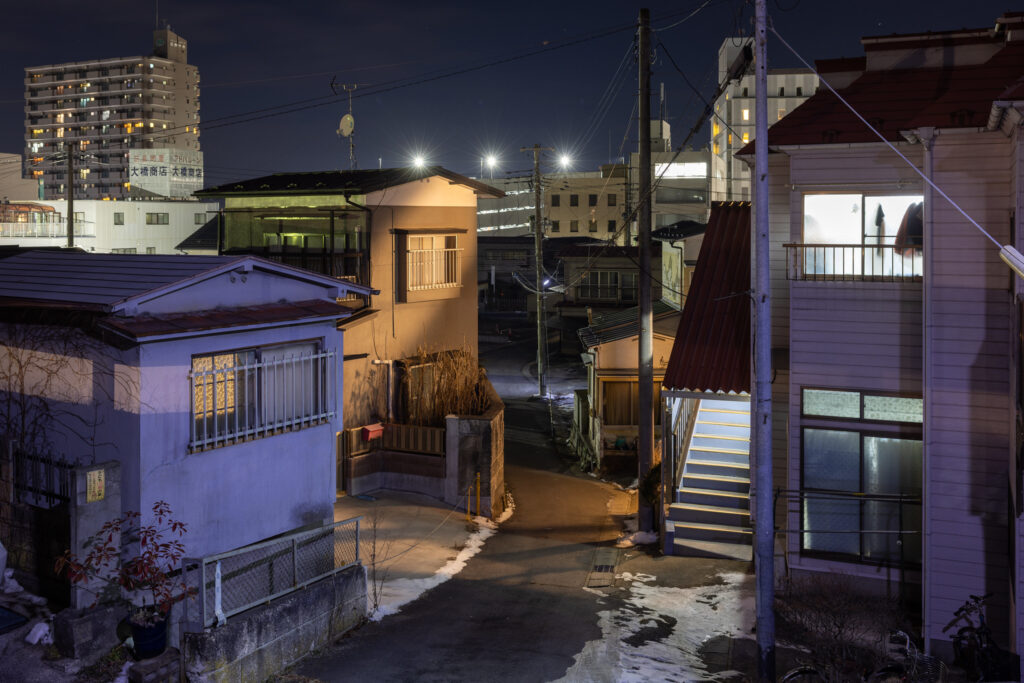



One of the most evident changes in the landscape is the physical movement of towns from their harbor locations, which have been almost entirely cleared, to new neighborhoods being constructed above the water line.
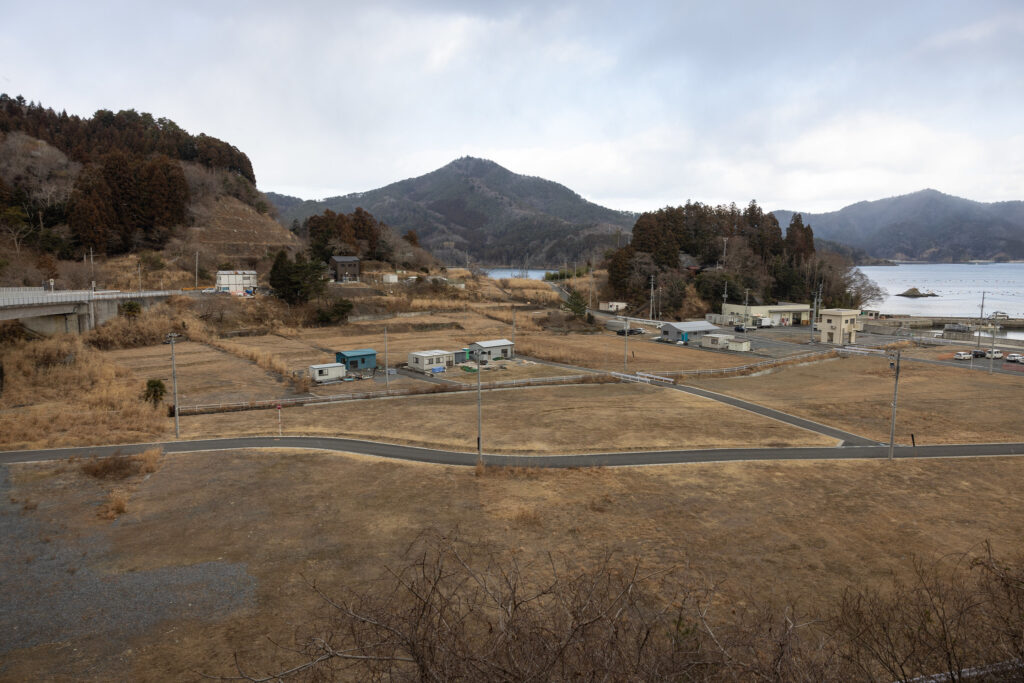
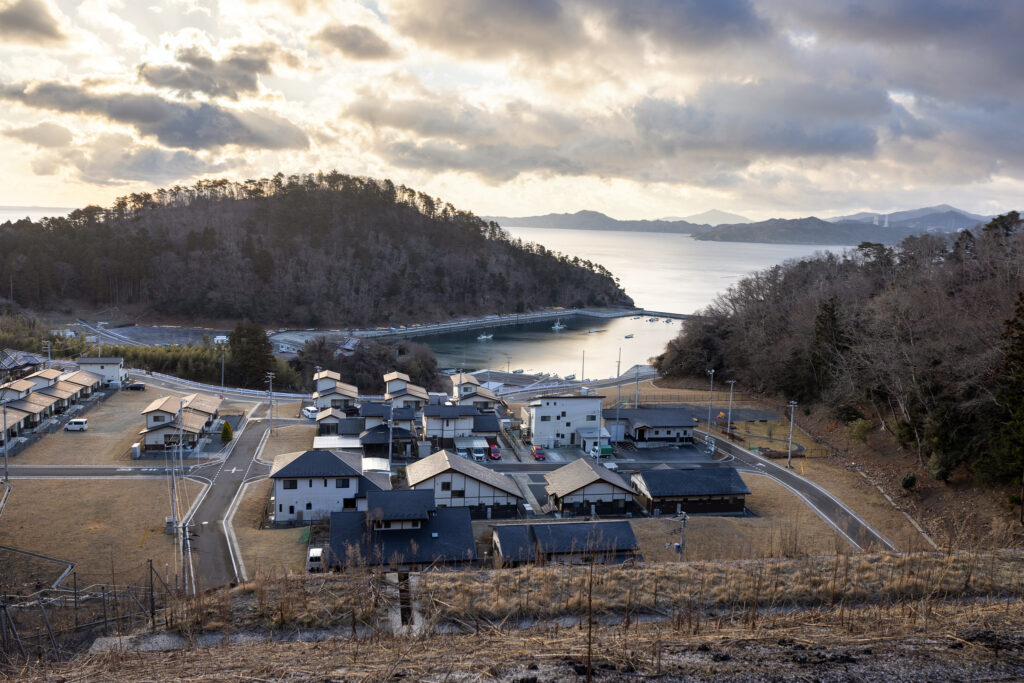
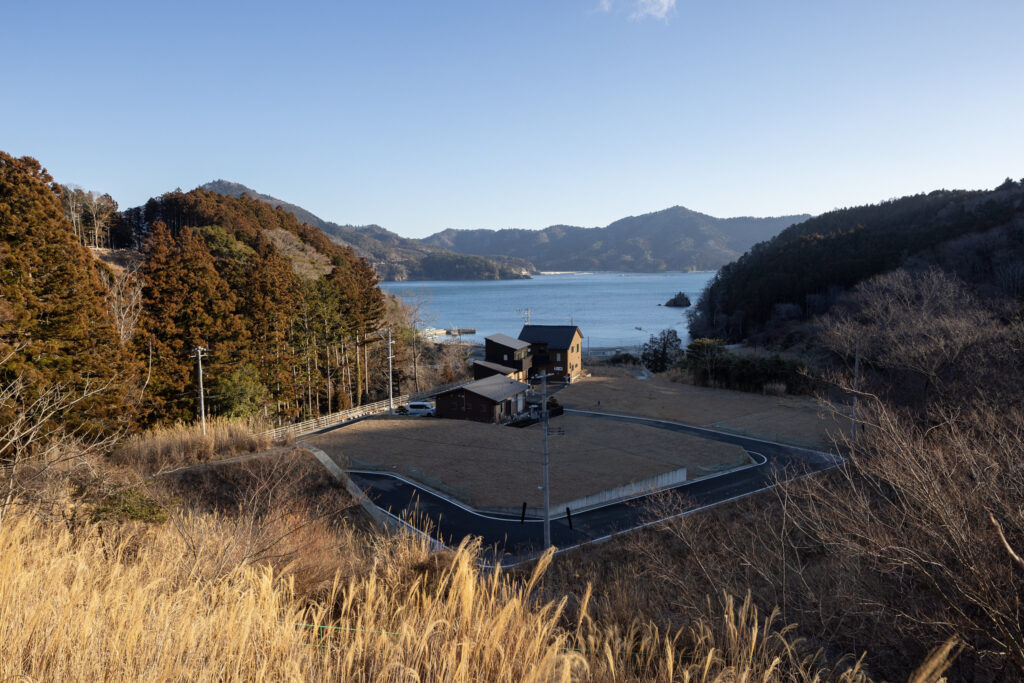
In coastal cities like Onagawa, novel temporary accommodations have fully emerged as commercial enterprises and previously flooded areas are being reworked into temporary use places like whimsical playgrounds.
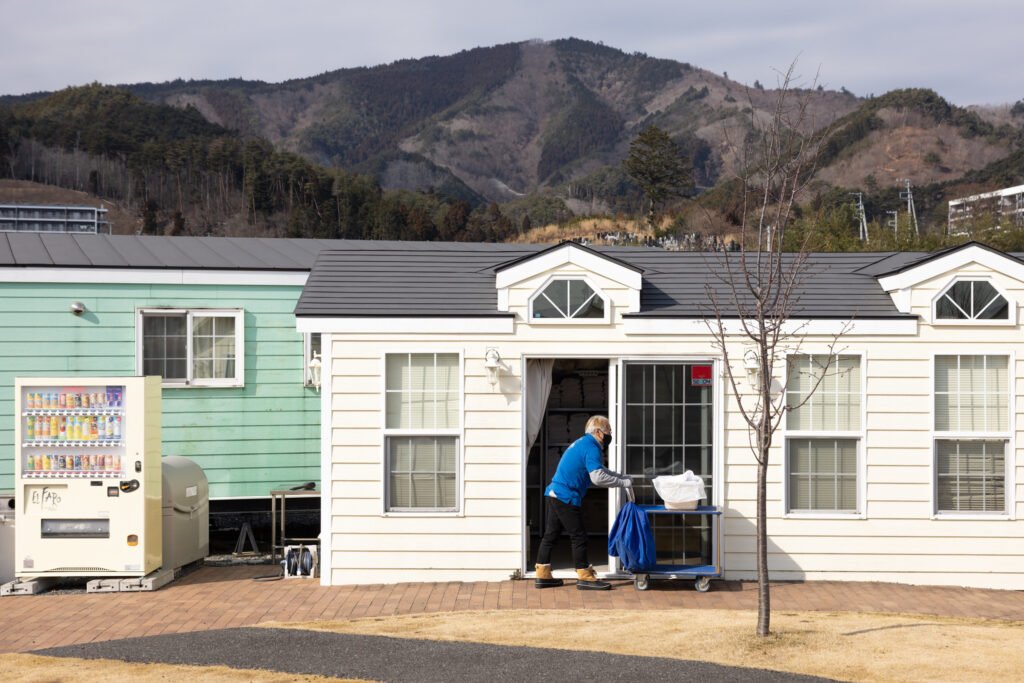
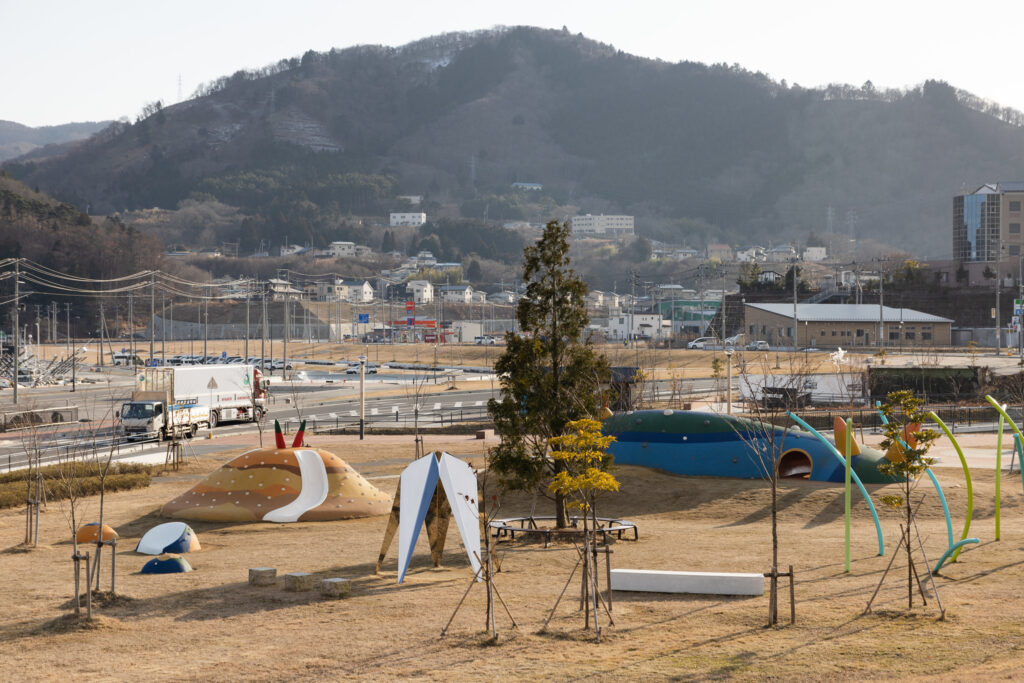
The crafts and development are alive and well along the coast, from traditional fishing to novel furniture making, like that done by Ishinomaki Laboratory. The group was founded after the disaster, when it provided material and workshop assistance to help rebuild its city. Today, it still possesses that sprit, making innovative furniture with a DIY attitude and providing a novel guest house experience.
UPDATE: In September 2025, I interviewed Ishinomaki Laboratory’s cofounder, Keiji Ashizawa, and Tomomi Hashimoto for MAS Context.


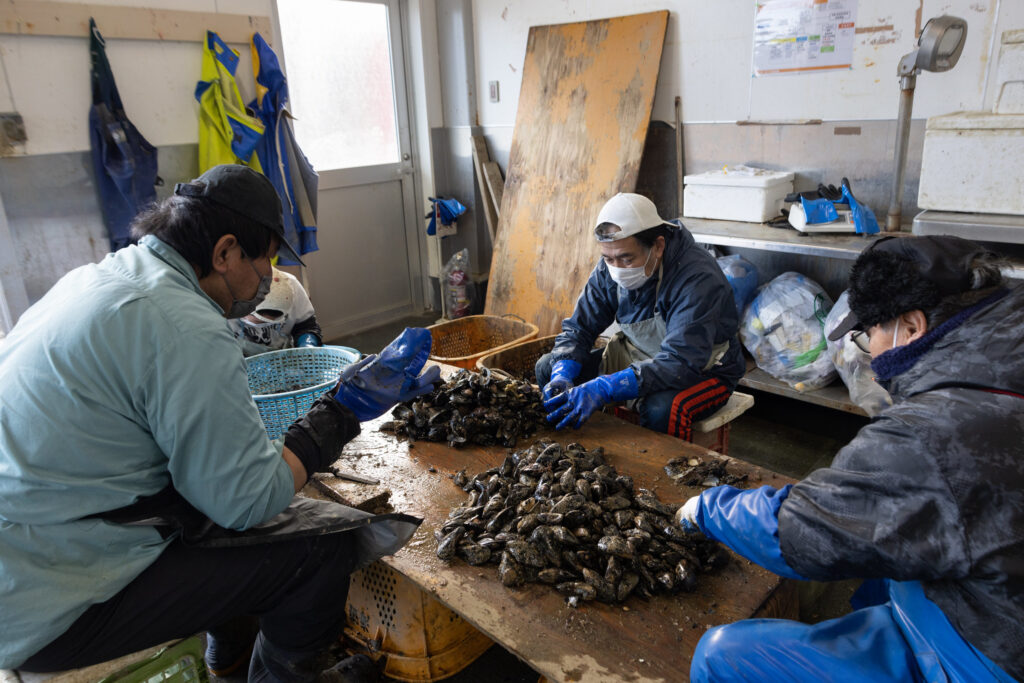
Here are a few views of Ishinomaki Laboratory Home Base.


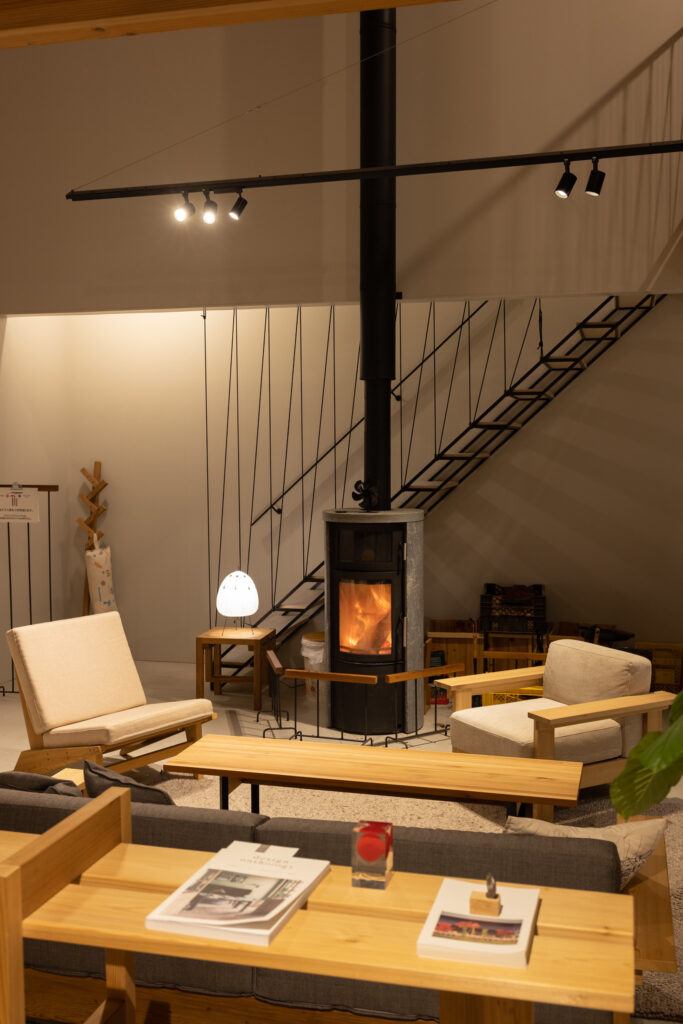
In Tomioka, which was affected by the earthquake, tsunami, and radiation contamination, it is exciting to see life returning. In 2014, it was difficult to imagine young people enjoying quick meals, a thriving supermarket, and a tourist center. Now, a new normality is emerging that looks much more like life before the disaster than its subsequent history.

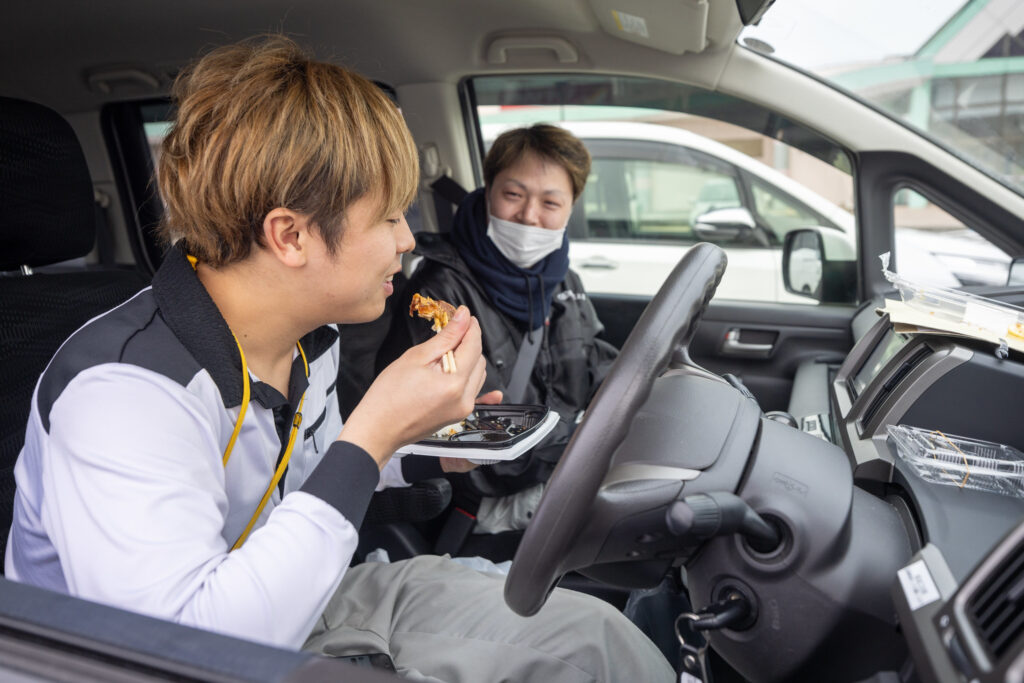

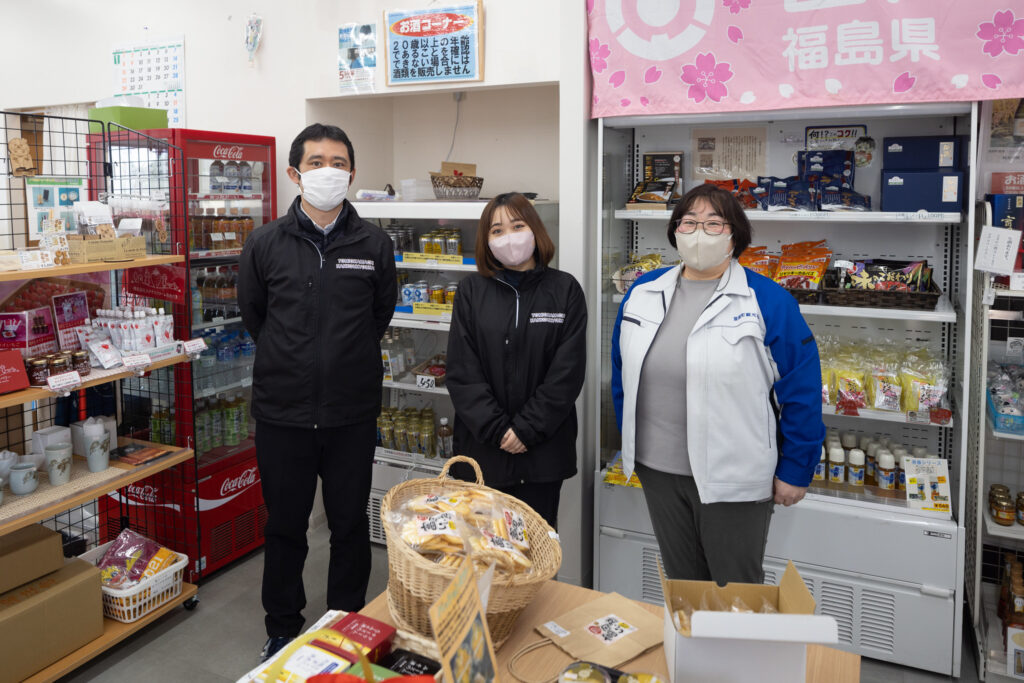
I look forward to continuing the project in 2026.
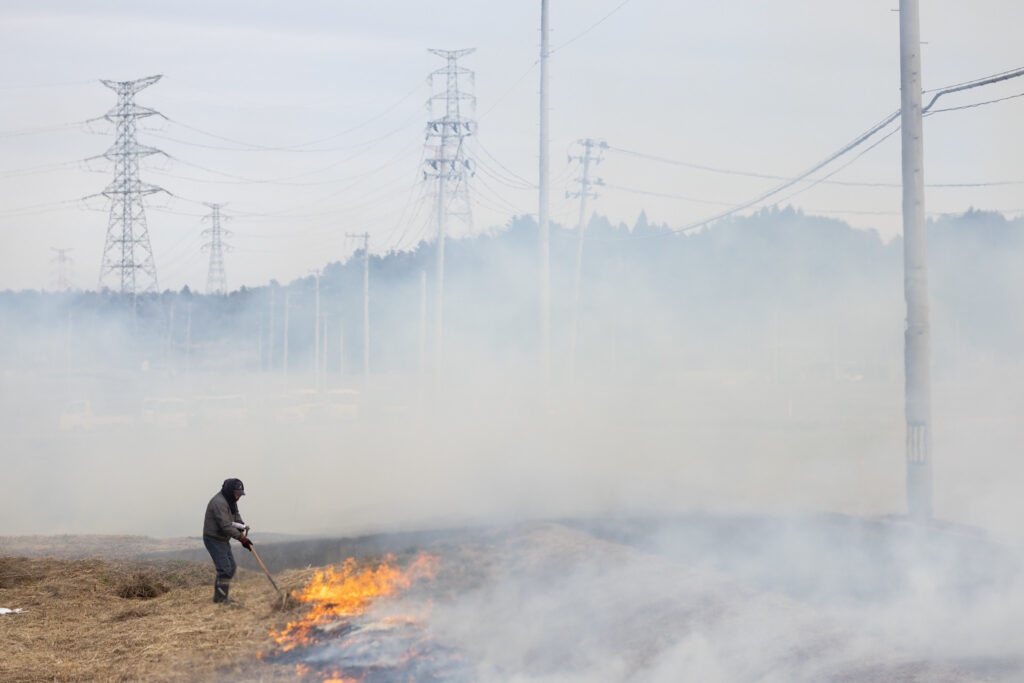

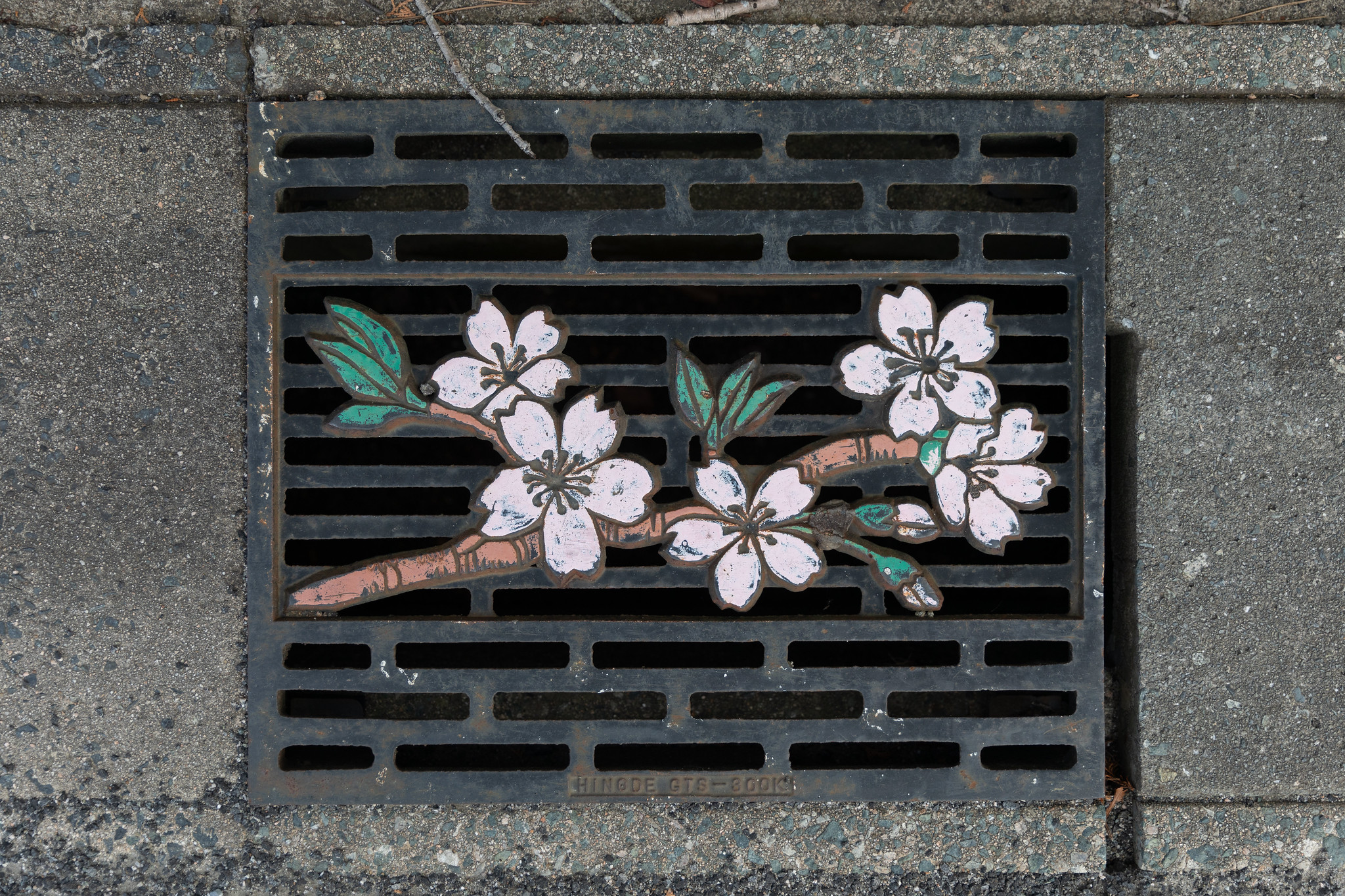
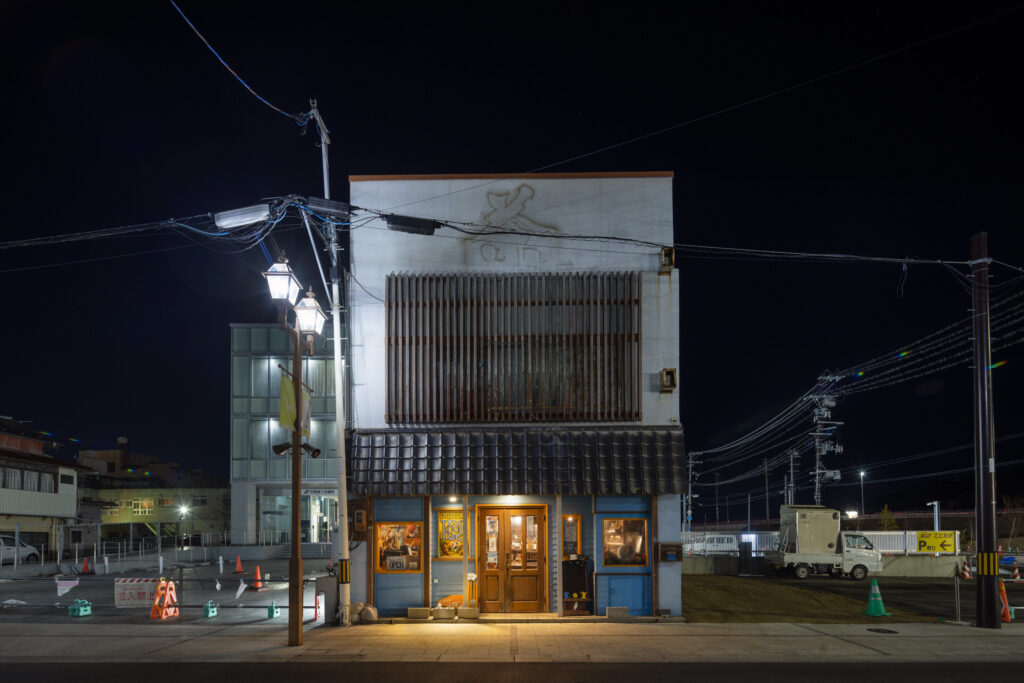
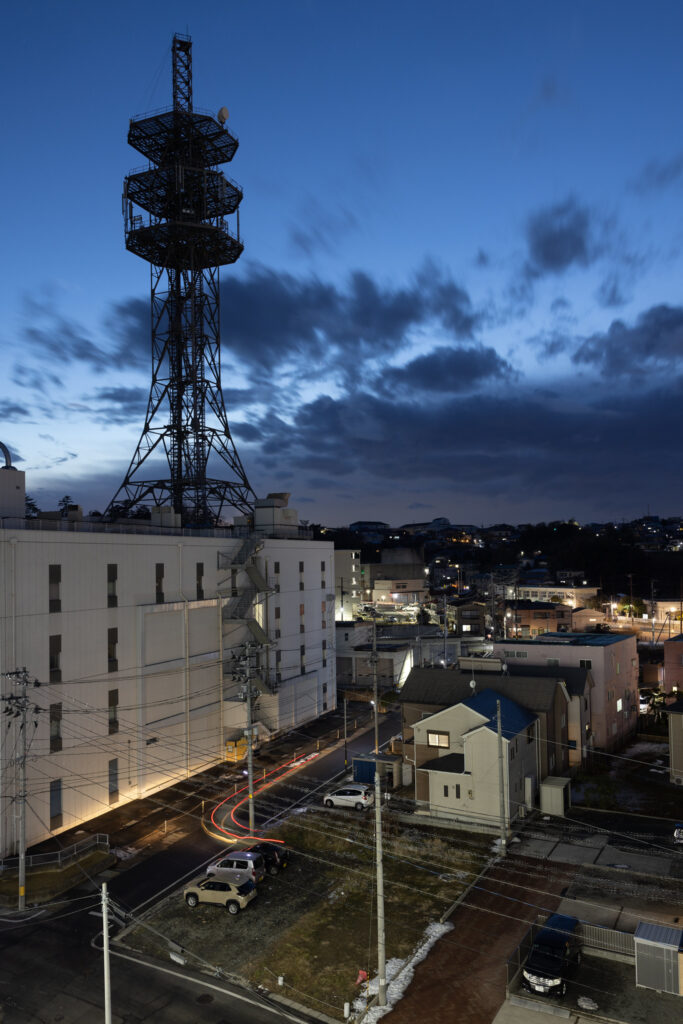
Leave a Reply